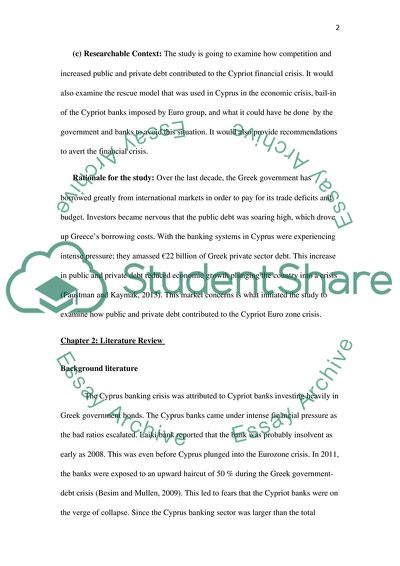Cite this document
(“The Cypriot financial crisis Essay Example | Topics and Well Written Essays - 3000 words”, n.d.)
The Cypriot financial crisis Essay Example | Topics and Well Written Essays - 3000 words. Retrieved from https://studentshare.org/finance-accounting/1633241-the-economic-recession-increased-public-and-private-debt-contributed-to-the-cypriot-financial-crisis
The Cypriot financial crisis Essay Example | Topics and Well Written Essays - 3000 words. Retrieved from https://studentshare.org/finance-accounting/1633241-the-economic-recession-increased-public-and-private-debt-contributed-to-the-cypriot-financial-crisis
(The Cypriot Financial Crisis Essay Example | Topics and Well Written Essays - 3000 Words)
The Cypriot Financial Crisis Essay Example | Topics and Well Written Essays - 3000 Words. https://studentshare.org/finance-accounting/1633241-the-economic-recession-increased-public-and-private-debt-contributed-to-the-cypriot-financial-crisis.
The Cypriot Financial Crisis Essay Example | Topics and Well Written Essays - 3000 Words. https://studentshare.org/finance-accounting/1633241-the-economic-recession-increased-public-and-private-debt-contributed-to-the-cypriot-financial-crisis.
“The Cypriot Financial Crisis Essay Example | Topics and Well Written Essays - 3000 Words”, n.d. https://studentshare.org/finance-accounting/1633241-the-economic-recession-increased-public-and-private-debt-contributed-to-the-cypriot-financial-crisis.


